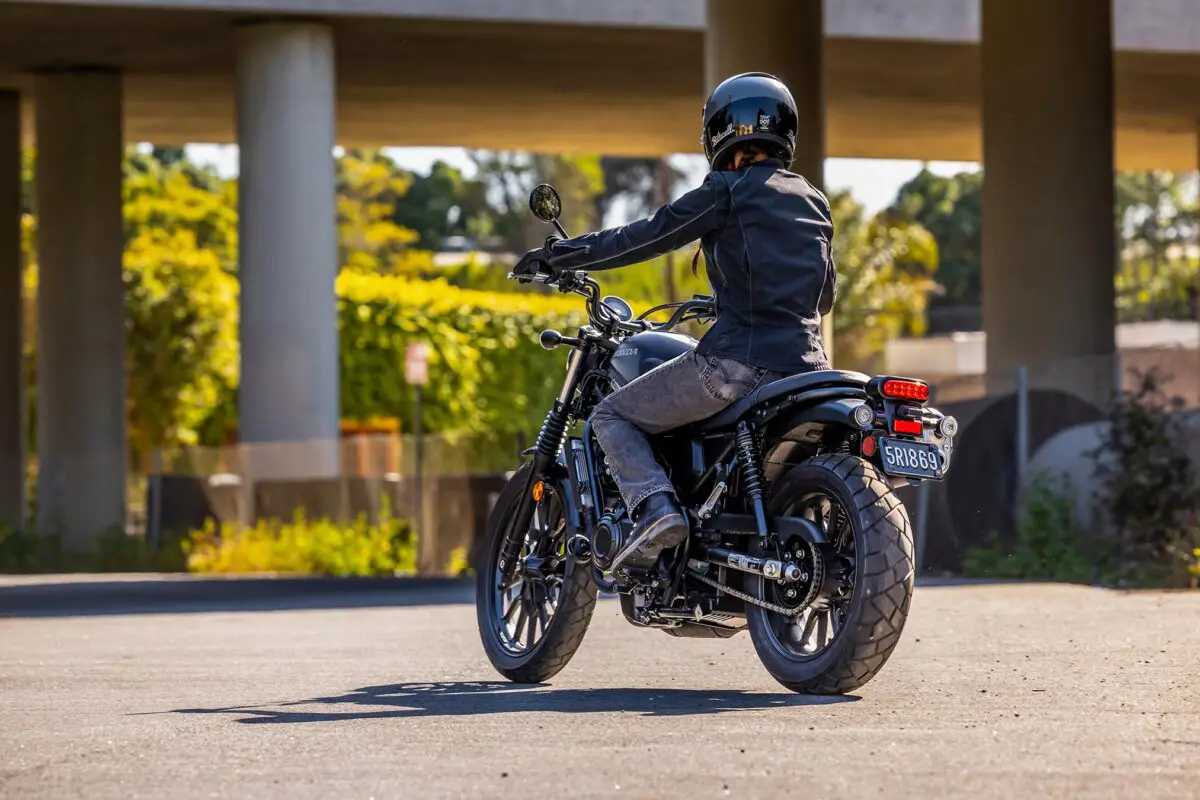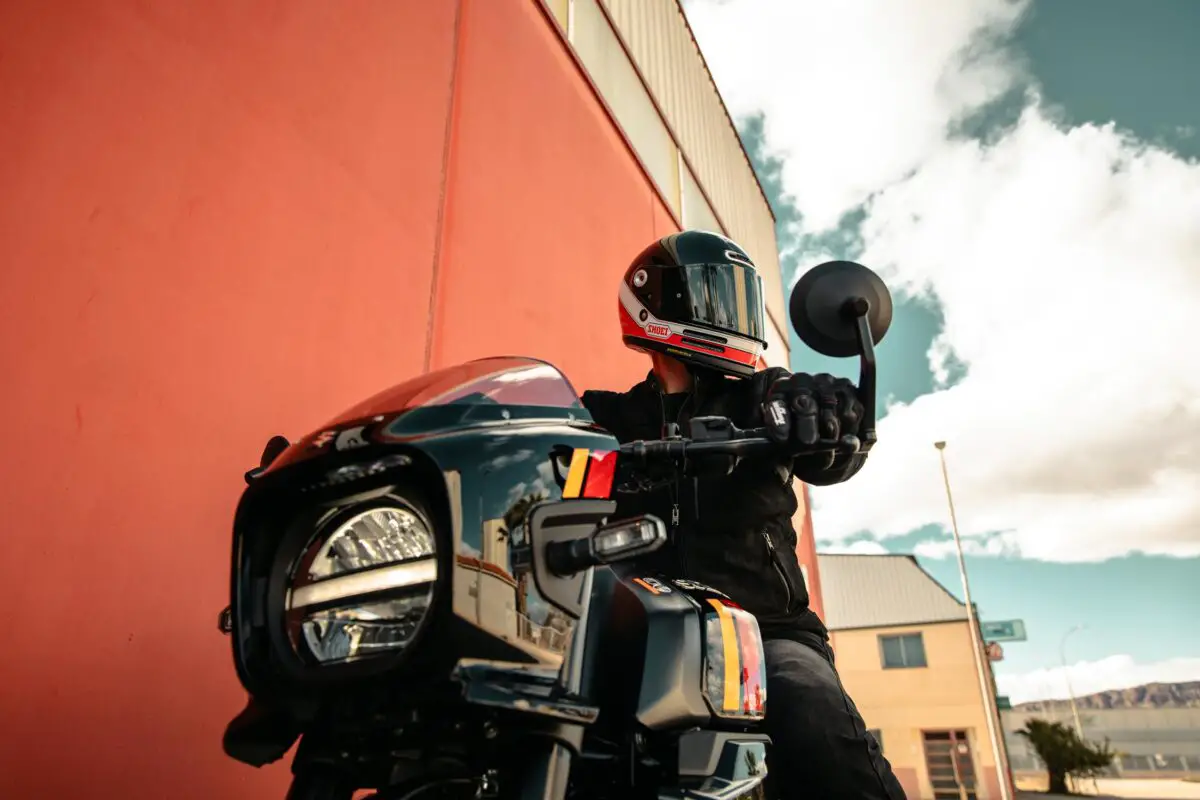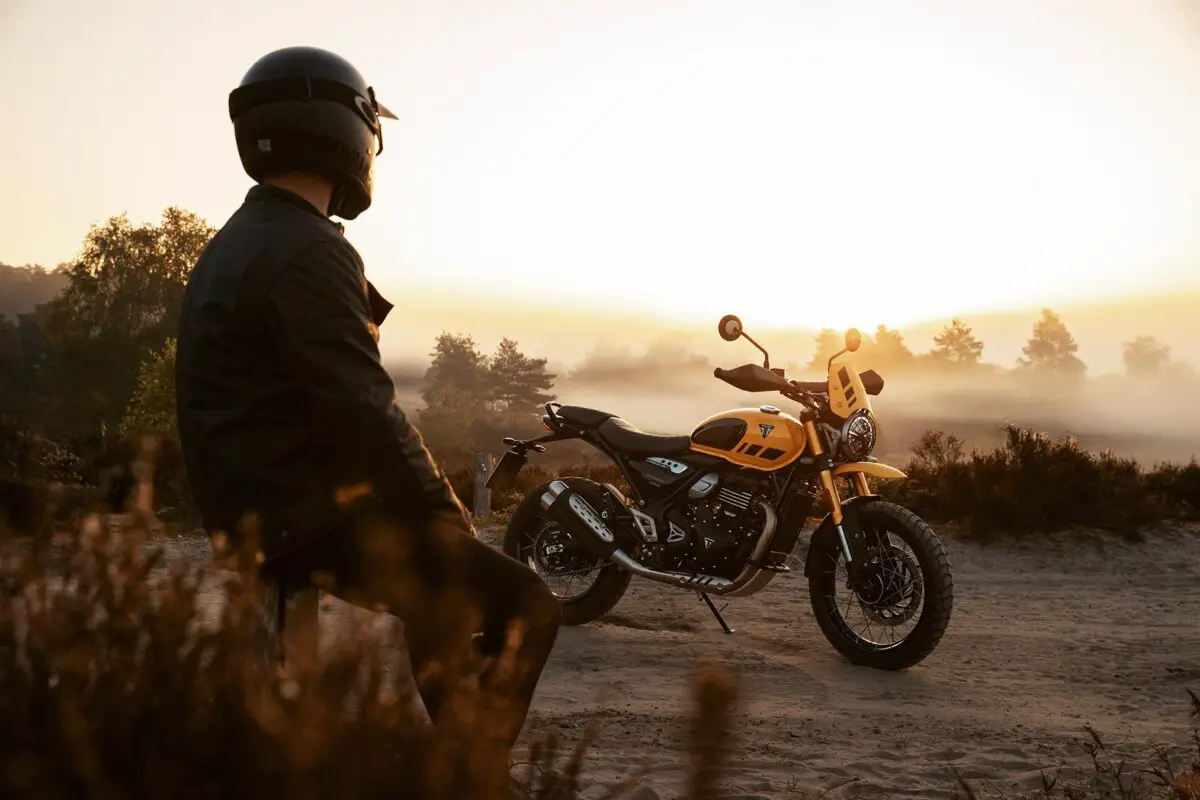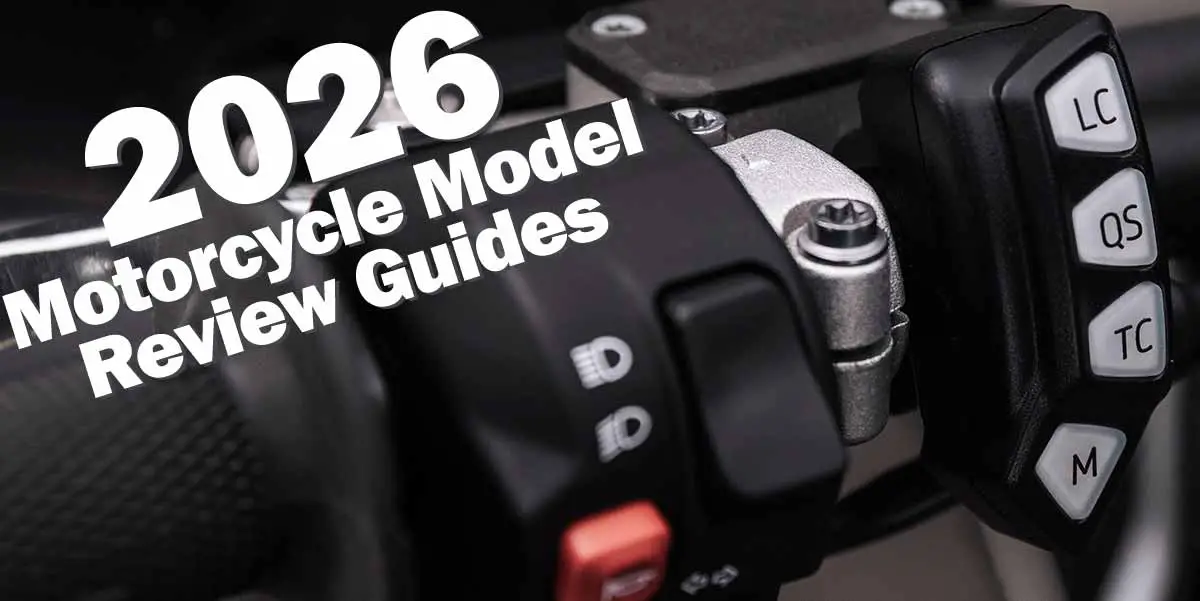
Safety & Roadcraft: How to Practice in a Parking Lot
(Step‑by‑Step Drills)
A quiet lot is your classroom. Build safe habits and confidence before you hit traffic.
✅ Preparation checklist
- Full gear: Helmet, gloves, jacket, boots, riding pants (ATGATT)
- Bike check: T‑CLOCS – tires, controls, lights, oil/fluids, chassis, stands
- Lot choice: Smooth pavement, minimal traffic, clear sightlines
- Markers: 6–12 cones or bottles, chalk/tape for lines
- Safety: Water, sunscreen, phone, riding buddy if possible
| Item | Purpose | Beginner tip |
|---|---|---|
| Cones/Markers | Define turns, slalom, start/stop zones | Use water bottles if no cones |
| Chalk/Tape | Mark lines for braking and exits | Painter’s tape peels clean |
| Measuring tape | Consistent spacing for repeatable drills | Pre‑mark common distances |
| Buddy/Spotter | Encouragement and safety backup | Trade roles every 10 minutes |
Drill 1: Friction zone mastery
Skill: Smooth clutch/throttle coordination for starts and low‑speed control.
The drill: Mark a straight 6 m (20 ft) line. Hold steady throttle (~2,000 RPM). Slowly release clutch to enter the friction zone until the bike creeps. Stop with rear brake. Reset and repeat 10–15 times. Add gentle throttle only after the bike is rolling.
Reality: Without clutch feel, extra throttle causes lurches or loss of control.
✅ Practice tips:
- Eyes up: Look ahead, not at levers
- Anchor: Keep a light two‑finger touch on the clutch
- Rear brake: Feather to stabilize at walking speed
| Clutch position | Bike response | What you feel |
|---|---|---|
| Fully pulled | No drive to wheel | Engine free‑rev |
| Friction zone | Bike creeps forward | Subtle tug, stable idle |
| Fully released | Full power transfer | Stronger pull, needs balance |
Drill 2: Straight‑line braking
Skill: Progressive use of front and rear brakes for controlled stops.
The drill: Accelerate to 20 km/h. At the marker, apply both brakes smoothly: squeeze the front, press the rear. Stop in a straight line with eyes up. Repeat at 30 km/h, then 40 km/h. Note feel, not distance at first.
Reality: Properly used, the front provides most stopping power with stability.
✅ Practice tips:
- Progressive squeeze: Build pressure smoothly
- Neutral bars: Keep bars straight to avoid tuck
- Reset calmly: Roll forward and reset markers
| Speed | Front brake | Rear brake | Focus cue |
|---|---|---|---|
| 20 km/h | 60% | 40% | Smooth squeeze |
| 30 km/h | 70% | 30% | Eyes up |
| 40+ km/h | 80% | 20% | Stay straight |
Drill 3: Weaving & slalom
Skill: Low‑speed balance, vision, and gentle counter‑steering through cones.
The drill: Set 6–8 cones in a straight line. Start with 3 m (10 ft) spacing. Enter at walking speed, look ahead two cones, and gently press the bar left/right to weave. Keep throttle steady; use light clutch and rear brake to stabilize.
Reality: At speed, counter‑steering initiates lean; at walking pace, it’s subtle but still helps.
✅ Practice tips:
- Look ahead: Aim two cones forward
- Keep it smooth: Steady throttle, light clutch
- Light rear brake: Stabilize at very low speeds
| Cone spacing | Difficulty | Target speed |
|---|---|---|
| 3 m (10 ft) | Beginner | Walking pace |
| 2.5 m (8 ft) | Intermediate | Walking–jog pace |
| 2 m (6.5 ft) | Advanced | Steady jog pace |
Drill 4: Emergency swerves
Skill: Quick directional change without braking when a hazard appears.
The drill: Create a 3 m (10 ft) wide “hazard box” at the end of a straight. Approach at 25–35 km/h. At the cue (buddy’s hand drop or your marker), press the bar to swerve left or right past the box, then immediately counter‑press to straighten. No braking during the swerve.
Reality: In many near‑misses, you won’t have braking room – swerving cleanly is the save.
✅ Practice tips:
- Eyes up: Look past the hazard, to the escape lane
- One clean press: Firm, brief input; no over‑steer
- No brakes: Maintain throttle; brake only after clear
| Approach speed | Hazard width | Escape lane width | Cue type |
|---|---|---|---|
| 25 km/h | 3 m | 2 m | Marker line |
| 30 km/h | 3 m | 2.5 m | Buddy hand drop |
| 35 km/h | 3 m | 3 m | Randomized cue |
Drill 5: Figure‑8s & U‑Turns
The drill: Mark two circles about 6 m (20 ft) apart. Ride a figure‑8 pattern, staying inside the circles. Use clutch in the friction zone, steady throttle, and light rear brake. Keep eyes up and head turned through each loop.
🚫 Myth‑busting: “Tight turns require lots of speed.”
Reality: Low‑speed control is about balance and clutch finesse, not momentum.
✅ Practice tips:
- Turn your head fully in the direction of travel
- Feather the clutch and rear brake together
- Relax arms – let the bike lean under you
| Circle size | Difficulty | Target speed |
|---|---|---|
| 6 m (20 ft) | Beginner | Walking pace |
| 5 m (16 ft) | Intermediate | Walking pace |
| 4 m (13 ft) | Advanced | Walking pace |
Drill 6: Corner Entry & Exit
Skill: Proper cornering sequence using the MSF mantra: Slow, Look, Press, Roll.
The drill: Mark a 90° corner with cones. Approach at 20–25 km/h. Brake before the corner, turn your head to look through it, press the inside bar to lean, and roll on throttle smoothly to exit. Repeat both left and right turns.
🚫 Myth‑busting: “You can brake mid‑corner safely.”
Reality: Braking mid‑corner destabilizes the bike. Slow before, then commit to the turn.
✅ Practice tips:
- Set entry speed before the corner
- Look where you want to go, not at the cones
- Roll on throttle gently to stabilize suspension
| Corner type | Entry speed | Focus cue |
|---|---|---|
| 90° | 20–25 km/h | Head turn |
| Gentle curve | 30–35 km/h | Look through |
| Tighter curve | 15–20 km/h | Slow before |
Drill 7: Emergency Braking + Swerve Combo
Skill: Combining maximum braking with a quick swerve when a hazard blocks your path.
The drill: Approach at 30–40 km/h. At the marker, apply firm braking to reduce speed, then release brakes and immediately swerve left or right around a “hazard box.” Reset and repeat, alternating directions.
🚫 Myth‑busting: “You can brake and swerve fully at the same time.”
Reality: Hard braking and swerving together overload traction. Brake first, then swerve.
✅ Practice tips:
- Separate braking and swerving into two phases
- Eyes on the escape path, not the hazard
- Start slower, then increase speed as confidence grows
| Approach speed | Brake phase | Swerve phase |
|---|---|---|
| 30 km/h | Firm to 15 km/h | Swerve left/right |
| 35 km/h | Firm to 20 km/h | Swerve left/right |
| 40 km/h | Firm to 25 km/h | Swerve left/right |
🕒 Suggested 60‑Minute Practice Session
Structure your time to build skills progressively without fatigue.
| Time | Activity | Focus |
|---|---|---|
| 0–10 min | Warm‑up: Friction zone, straight‑line starts | Clutch/throttle feel |
| 10–20 min | Straight‑line braking | Progressive brake control |
| 20–30 min | Weaving & slalom | Balance, vision |
| 30–40 min | Figure‑8s & U‑turns | Low‑speed control |
| 40–50 min | Corner entry & exit | Slow‑Look‑Press‑Roll |
| 50–60 min | Emergency swerves & braking combo | Hazard response |
✅ Tip: End each session with a skill you enjoy most – it keeps practice positive and builds confidence.
Ride Smarter, One Lot at a Time
📋 Quick Reference: Parking Lot Drills
Use this table as a printable checklist or session planner.
| Drill | Skill Focus | Setup | Target Speed |
|---|---|---|---|
| Friction Zone | Clutch/throttle coordination | 20 ft straight line | Walking pace |
| Straight‑Line Braking | Progressive brake control | 30–40 m run‑up | 20–40 km/h |
| Weaving & Slalom | Balance, vision | 6–8 cones, 3 m apart | Walking–jog pace |
| Emergency Swerves | Hazard avoidance | 3 m hazard box | 25–35 km/h |
| Figure‑8s & U‑Turns | Low‑speed control | Two 6 m circles | Walking pace |
| Corner Entry & Exit | Slow‑Look‑Press‑Roll | 90° cone corner | 20–30 km/h |
| Brake + Swerve Combo | Emergency response | Hazard box after braking zone | 30–40 km/h |





